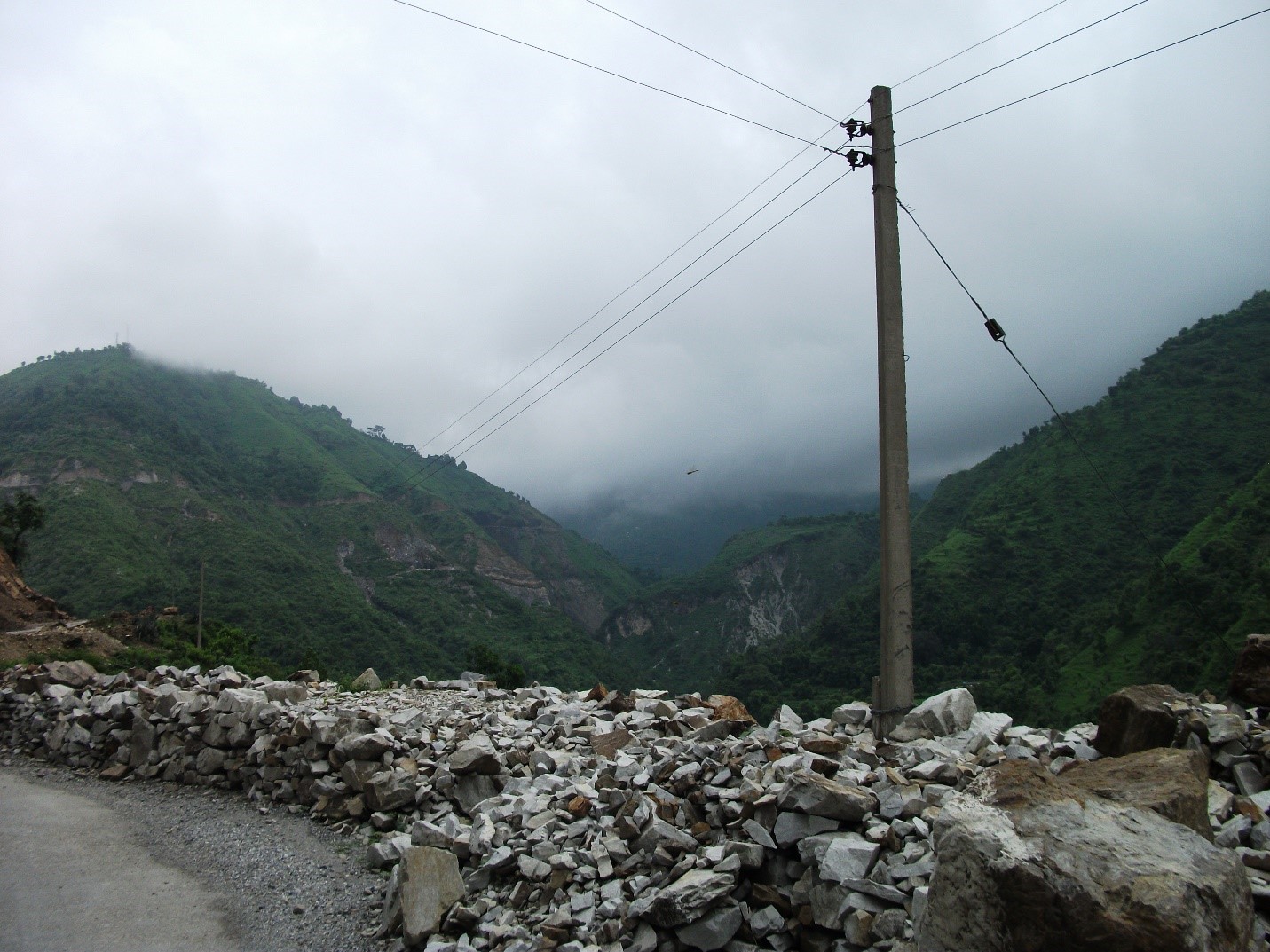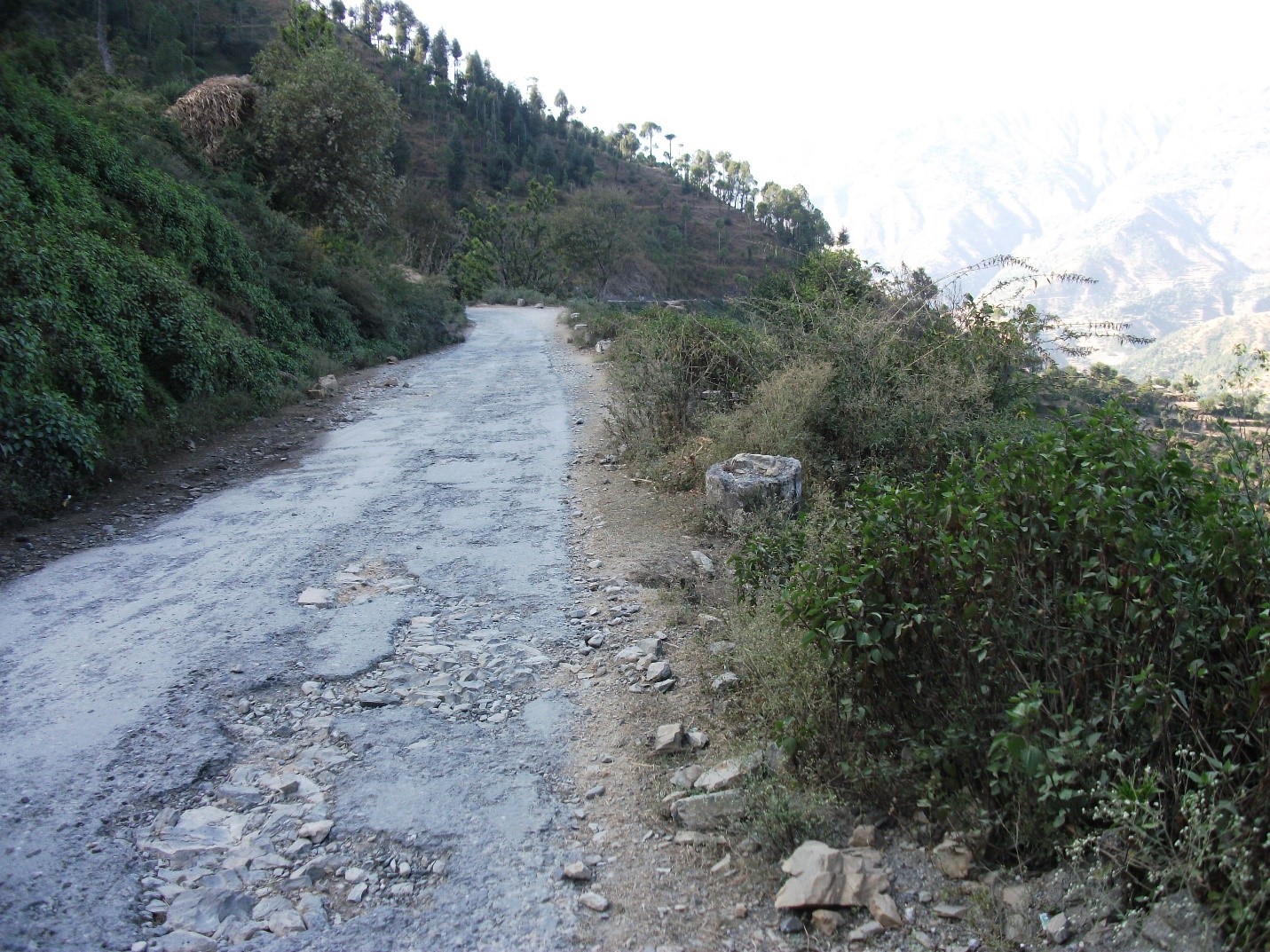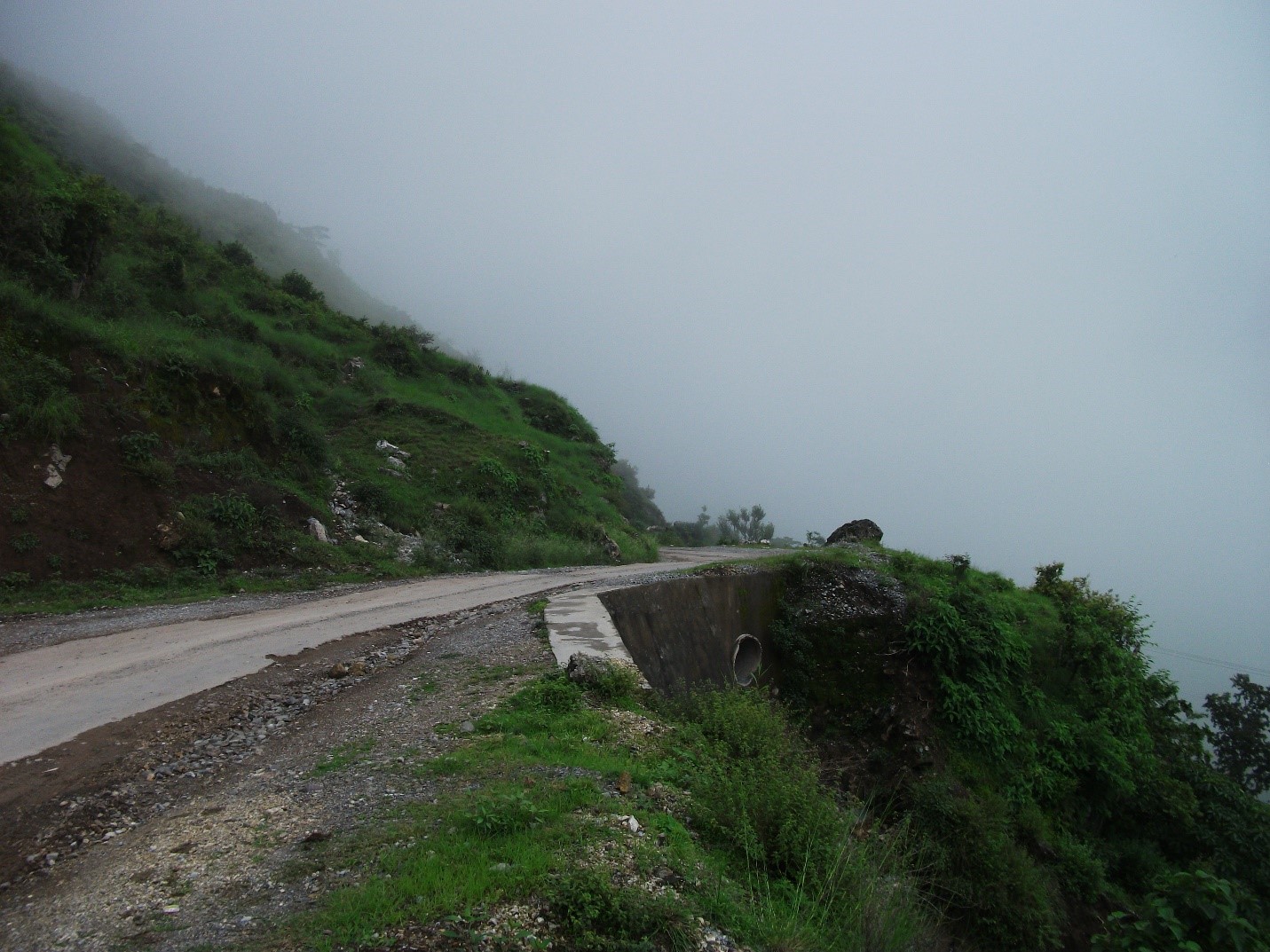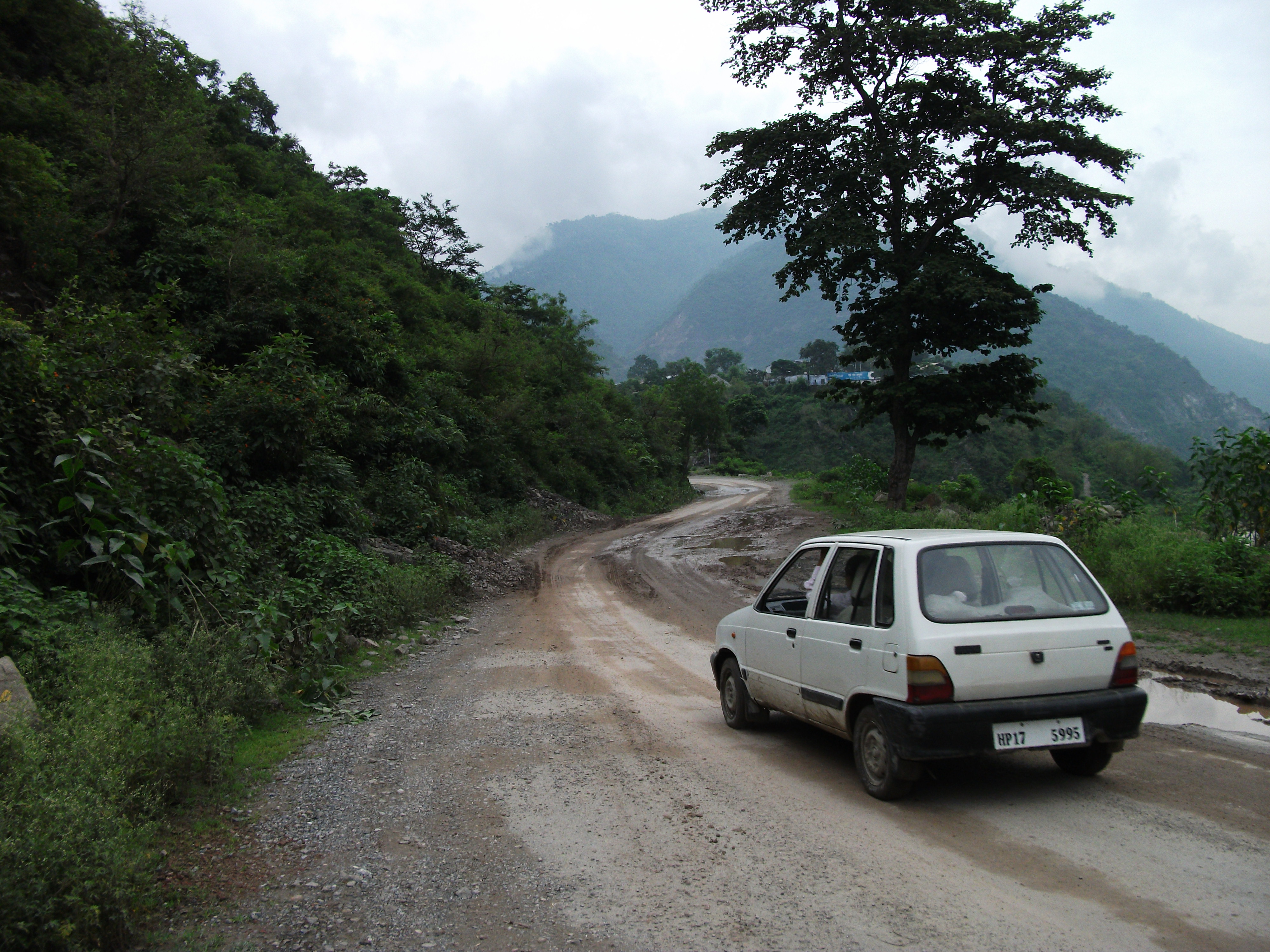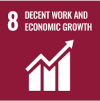

The project entailed preparation of a Detailed Project Report (DPR) for rehabilitation and upgrading to 2 lane with paved shoulders configuration and strengthening for a section of National Highway between Paonta Sahib and Guma in Himachal Pradesh, India.
The highway is a vital life line for the people living in the interiors of Sirmaur and Shimla Districts in Himachal Pradesh. It is the only single road connecting the two districts for commutation of people.
The DPR report prepared by us contains several provisions that aims to develop quality, reliable, sustainable, and resilient infrastructure in one of the border states of India. It also focuses on using waste and local materials to reduce material footprint and increase resource efficiency to decouple economic growth from environmental degradation. This highway project will directly benefit a population of approx. 78,000 residing in nearby 47 villages and small habitats in the vicinity of this road. The report contains following provision that aims to increase the green index of the highway construction:
- • Use of bio-engineering techniques such as different forms of plantation on a stretch of 81.5 kms to attain slope stabilization on the mountainous route.
- • Rain water harvesting at 73 locations on the highway section to increase ground water levels and provide useable water to local people.
- • Energy dissipation on hill and valley sides to prevent soil erosion and landslides.
- • Use of cut materials from the hill in WMM and slope protection structures to efficiently utilize natural resources.
- • Use of locally available abundant resource, such as lime, in the construction of certain pavement layers to increase resistance to water stripping and increase strength of the structure.
Through these studies, CEG collected a baseline data on disadvantaged and vulnerable groups in the project area, assessed the impact of the project on them through stakeholder consultation and proposed measures to address them. We also performed an assessment of the key labour risks such as hazardous work, child labour, forced labour, migrant or seasonal workers, discrimination against women, gender-based violence, discrimination against vulnerable groups in terms of access to jobs and project related opportunities, etc. The presence of Indigenous People (IP) within the project’s direct area of influence was also assessed and suitable mitigation plan was devised. In addition to the above, CEG also assessed the impact of highway upgradation on local flora and fauna such as wildlife migration corridor, bat roosting areas, presence of natural and critical habitats, critically endangered, endangered, vulnerable, and threatened species, etc. Based on the baseline data, we suggested a suitable mitigation plan so that the project does result in net loss to natural habitats and is successful at achieving a net gain on critical habitats.
